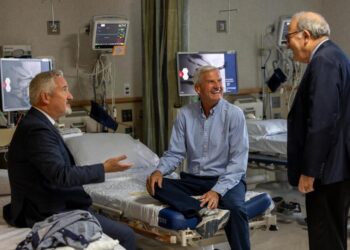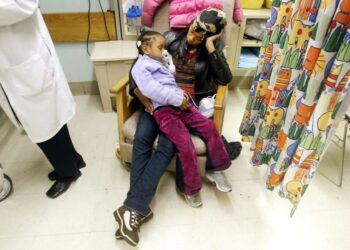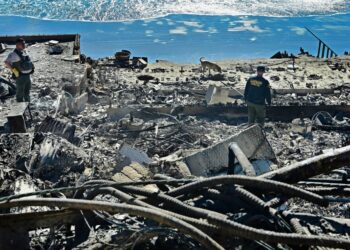Until COVID-19, tuberculosis was the world’s deadliest infectious disease, killing about 1.5 million people annually.
Contrary to public perception, the disease is still active in the United States. The number of TB cases in the U.S. briefly dropped at the start of the pandemic, but there was a 5% increase in cases in 2022, according to the latest numbers from the federal Centers for Disease Control and Prevention, from 7,874 in 2021 to 8,300 in 2022.
Nationally, those numbers are still lower than they were before the pandemic, but some states — including Alaska, Nevada, South Carolina and Washington — have exceeded their pre-pandemic figures, according to a CDC report citing state data.
Even as the number of U.S. tuberculosis cases rises, public health experts say, awareness is lagging. And state and local health departments lack the resources to keep up with prevention and control efforts.
The disease spreads through the air when a person with an active infection coughs or sneezes. A bacterial infection, it usually attacks the lungs, but also can affect other parts of the body, including the kidneys, spine and brain. It’s usually treated via a four- to nine-month regimen of multiple antibiotics. A course of treatment for one tuberculosis case can cost around $20,000 in the U.S., and a drug-resistant tuberculosis case can cost at least $182,000.
While anyone can catch tuberculosis, it disproportionately afflicts foreign-born people and Hispanic, Black, Asian American, Pacific Islander and Indigenous communities, according to the CDC. In total, the agency reports that about 88% of U.S. cases in 2021 were among racial and ethnic minority groups. That’s a product of structural barriers to health care and more crowded living conditions, experts say.
Black, Hispanic and Indigenous people also are more likely to be incarcerated, homeless or have HIV — all risk factors for the disease.
“People…
Read the full article here







